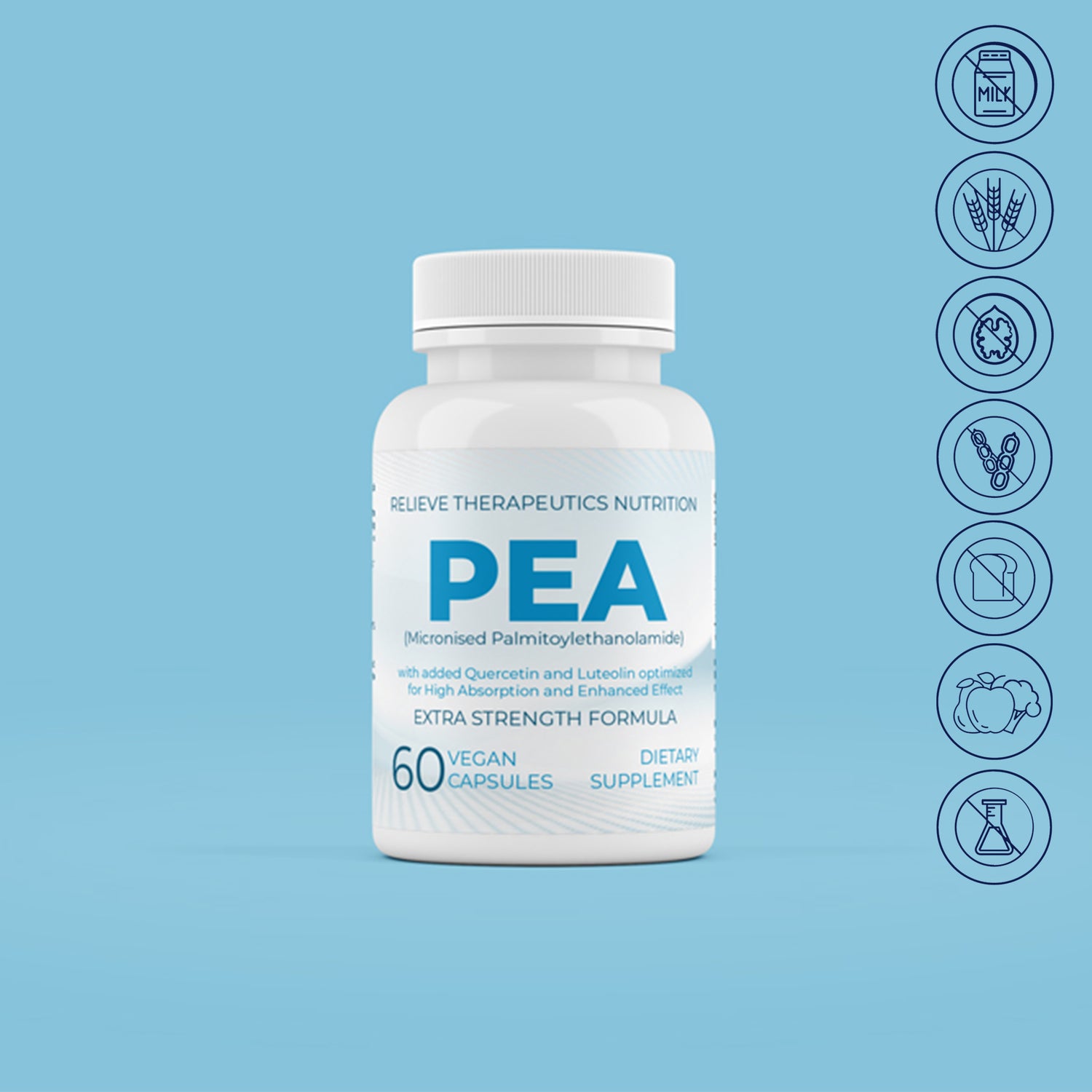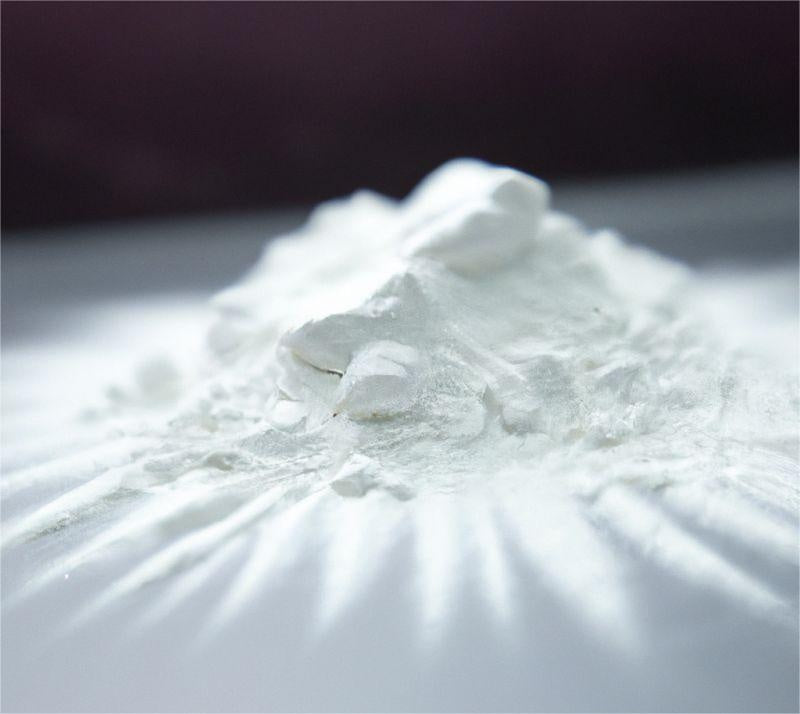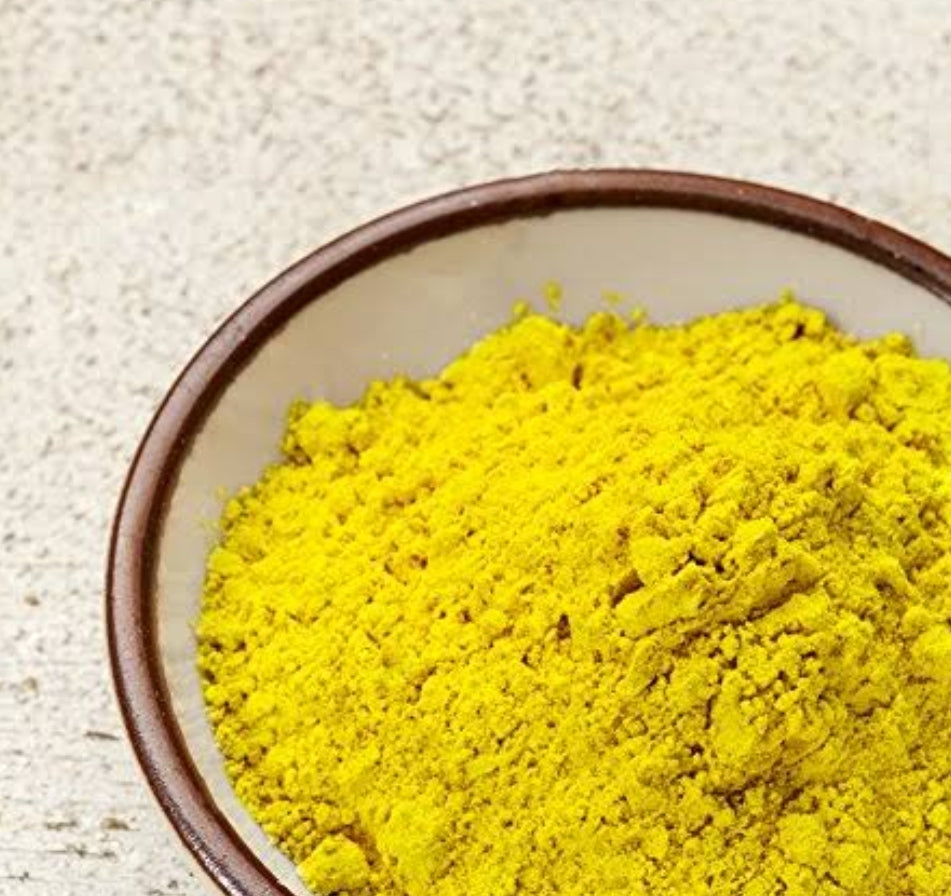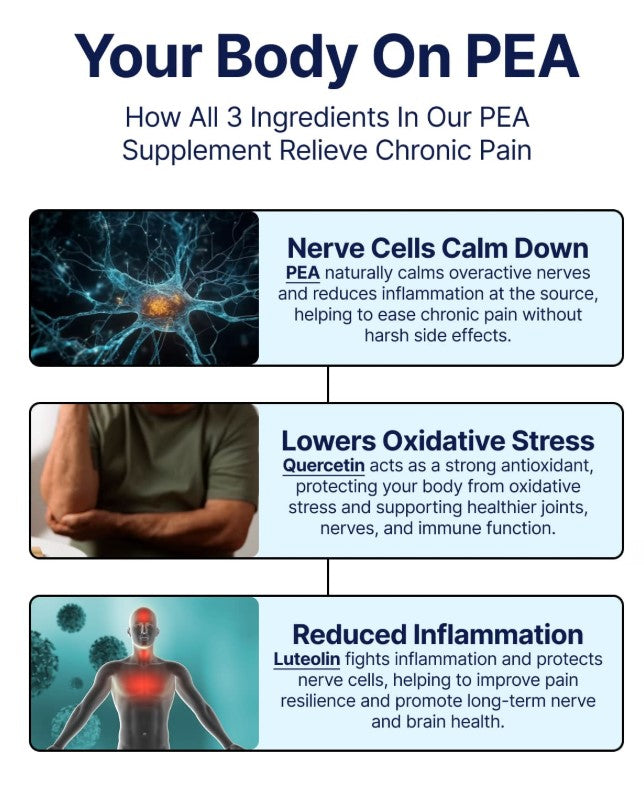


HIGH GRADE NATURALLY SOURCED ULTRA MICRONISED
Palmitoylethanolamide (PEA) is a natural fatty acid that has shown promising benefits in various areas of health. It possesses anti-inflammatory properties, supports pain management, and may provide neuroprotective effects, making it a potential therapeutic option for conditions such as chronic pain, inflammation, and certain neurological disorders. Our PEA is ultramicronised for enhanced absorption.

NATURAL ANTI-INFLAMMATORY
Quercetin is a flavonoid found in many fruits, vegetables, and herbs, and it offers several potential health benefits. It exhibits strong antioxidant and anti-inflammatory properties, which may help protect against chronic diseases, support heart health, boost the immune system, and contribute to overall well-being.

SYNERGISTIC PAIN RELIEF
Luteolin, a natural flavonoid, has demonstrated potential benefits in pain management. It has been found to possess analgesic properties by modulating inflammatory pathways and inhibiting pain mediators, suggesting its potential use as a natural alternative for pain relief and management.
PEA, short for palmitoylethanolamide, is a naturally occurring fatty acid amide that belongs to the family of endocannabinoids. Although it does not directly interact with the body's cannabinoid receptors, PEA plays a crucial role in modulating various biological processes and maintaining homeostasis. It is produced in response to tissue damage and inflammation, acting as a powerful lipid mediator.
PEA exerts its therapeutic effects through multiple mechanisms within the body. One of the primary mechanisms is its ability to activate the peroxisome proliferator-activated receptor-alpha (PPAR-α), which regulates genes involved in inflammation and pain modulation. By binding to PPAR-α, PEA can reduce the production of pro-inflammatory substances and dampen the activity of immune cells, leading to a decrease in pain and inflammation.
When it comes to incorporating PEA into your daily routine, it's important to follow the recommended guidelines for safe and effective use. PEA is commonly available in capsule form, making it convenient and easy to consume. The recommended dosage typically ranges from 300 mg to 1200 mg per day, divided into two or three doses. It's advisable to start with a lower dosage and gradually increase as needed, while closely monitoring your body's response.
PEA is generally well-tolerated and considered safe for most individuals. However, as with any dietary supplement, there is a possibility of experiencing mild side effects. These may include gastrointestinal discomfort, headache, or dizziness. If you are pregnant, nursing, have a pre-existing medical condition, or are taking any medications, it's always wise to consult with a healthcare professional before starting any new supplement regimen.
Palmitoylethanolamide (PEA) capsules offer a natural and promising solution for pain relief, inflammation management, and overall well-being. With its multifaceted benefits, PEA has the potential to improve the lives of individuals seeking alternative approaches to support their health. By harnessing the power of PEA, you can take a proactive step towards finding relief, promoting vitality, and embracing a higher quality of life.
PEA is not a prescription medication. It is a naturally occurring compound and is found is foods such as lentil, egg yolk and soy bean.
The time it takes to experience the benefits of PEA can vary from individual to individual. Some people may notice improvements within a few days, while others may require several weeks of consistent use.
PEA is generally considered safe with minimal interactions. However, it's always best to consult with a healthcare professional if you are taking any medications or have concerns about potential interactions.
PEA is generally safe for adults of all ages. However, it's advisable to consult with a healthcare professional before giving PEA capsules to children or if you have specific concerns related to age.
PEA capsules can be taken long-term as part of a well-rounded wellness routine. However, it's recommended to periodically reassess your needs and consult with a healthcare professional to ensure continued efficacy and safety.

